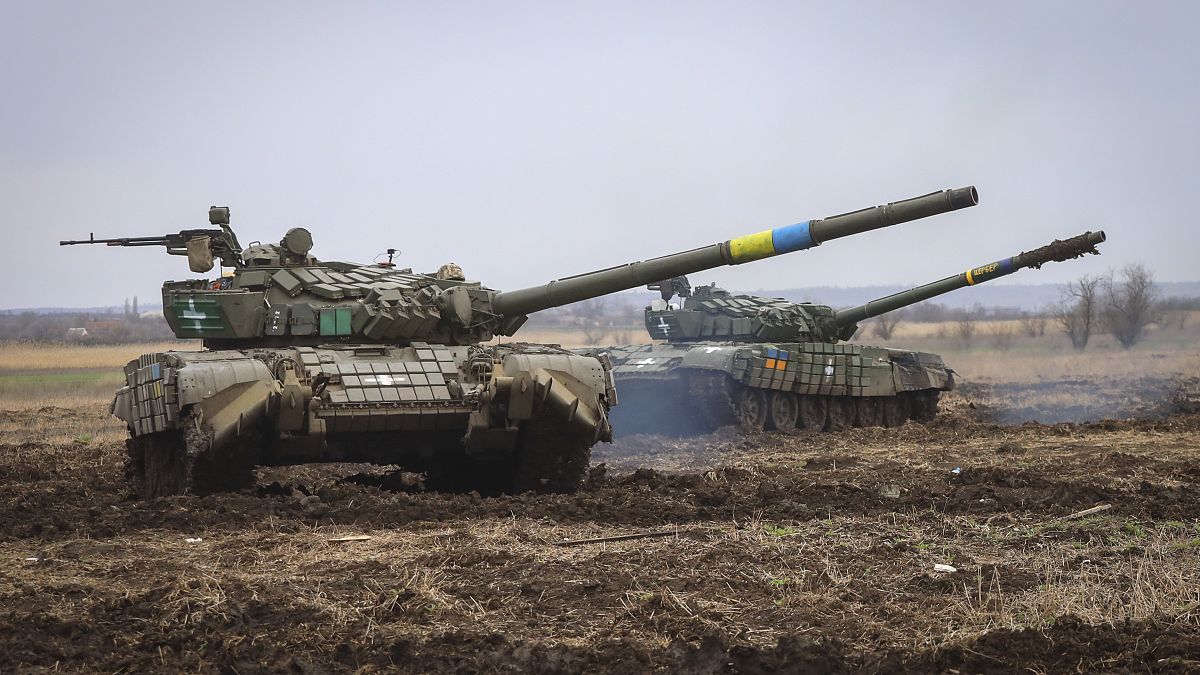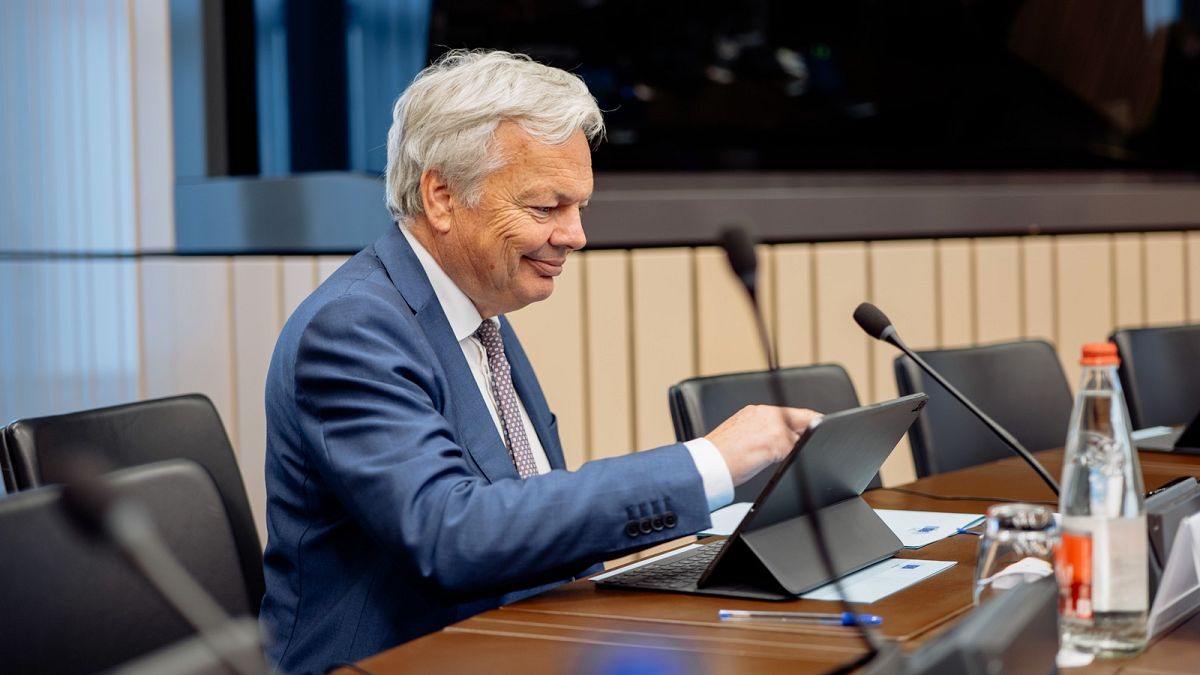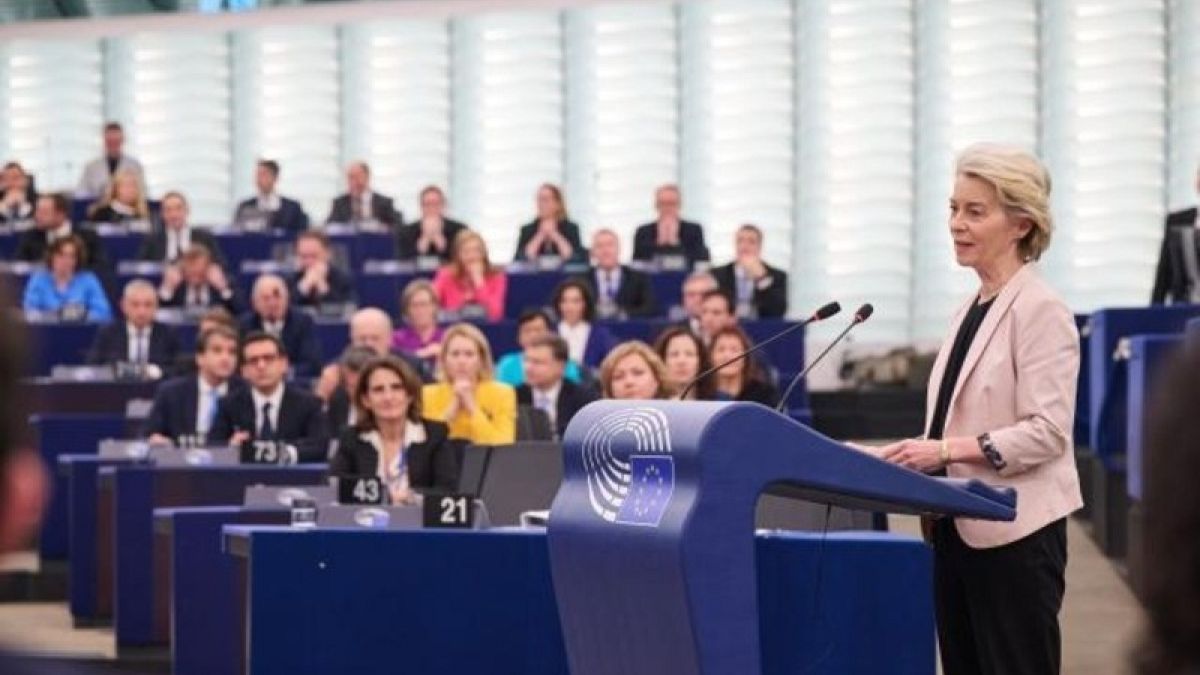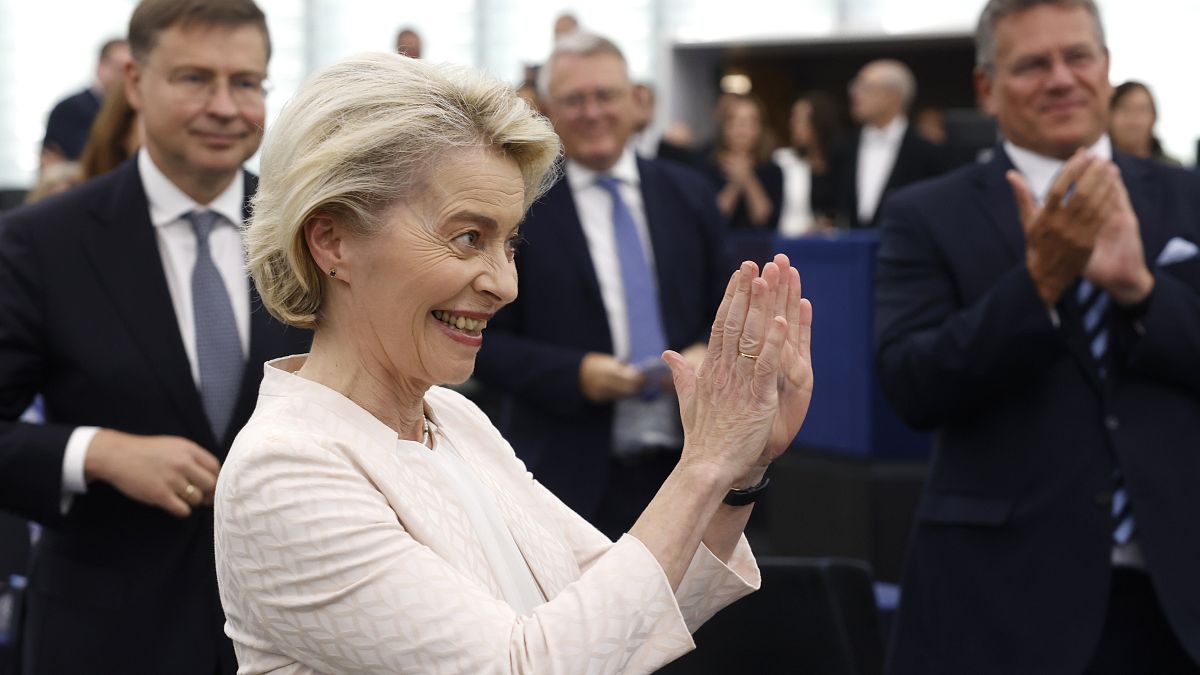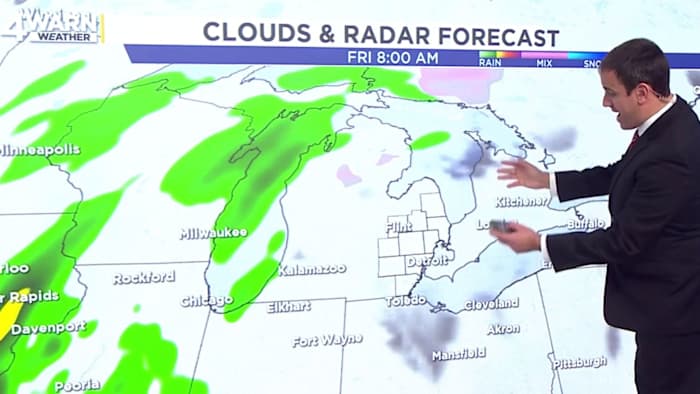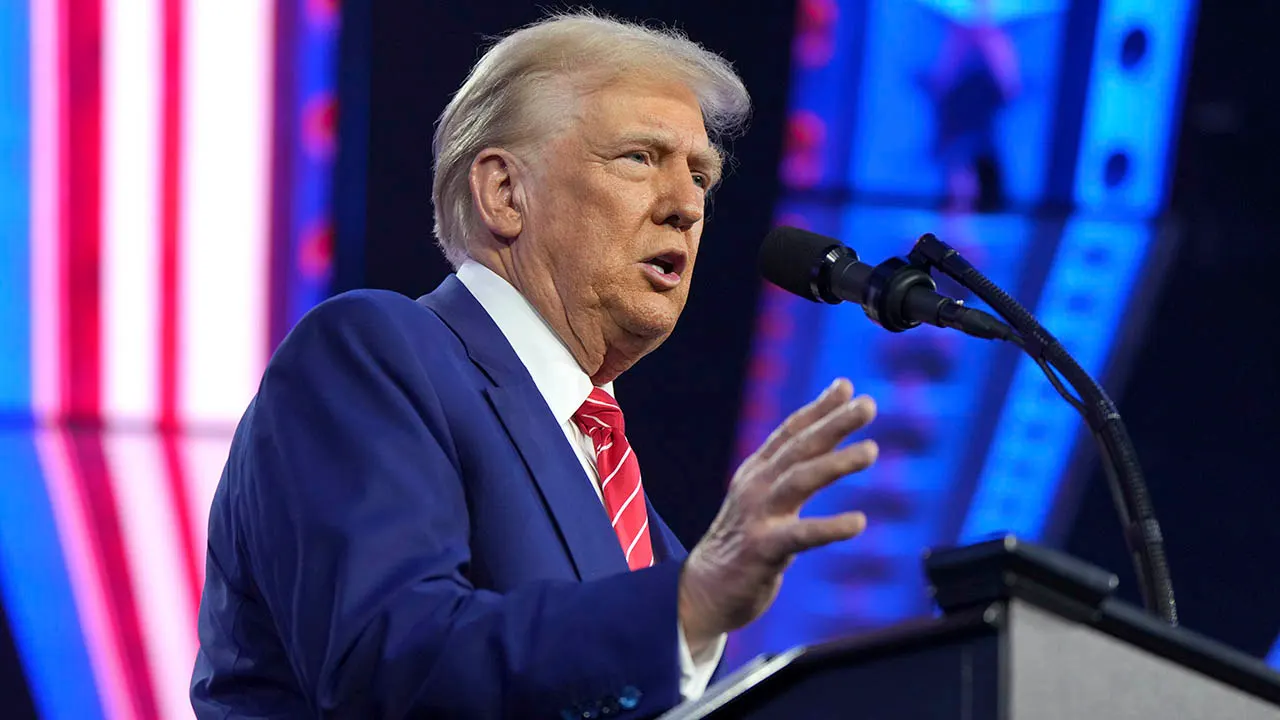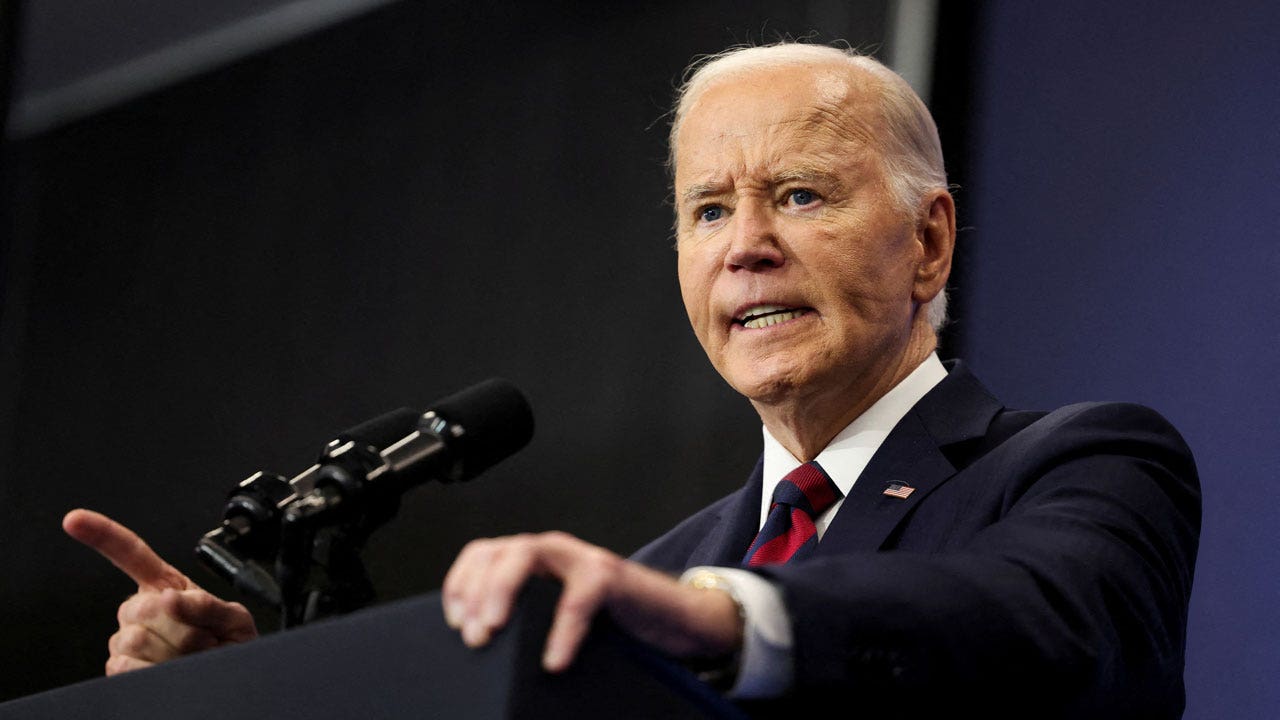World
Frans Timmermans announces bid to become Dutch prime minister
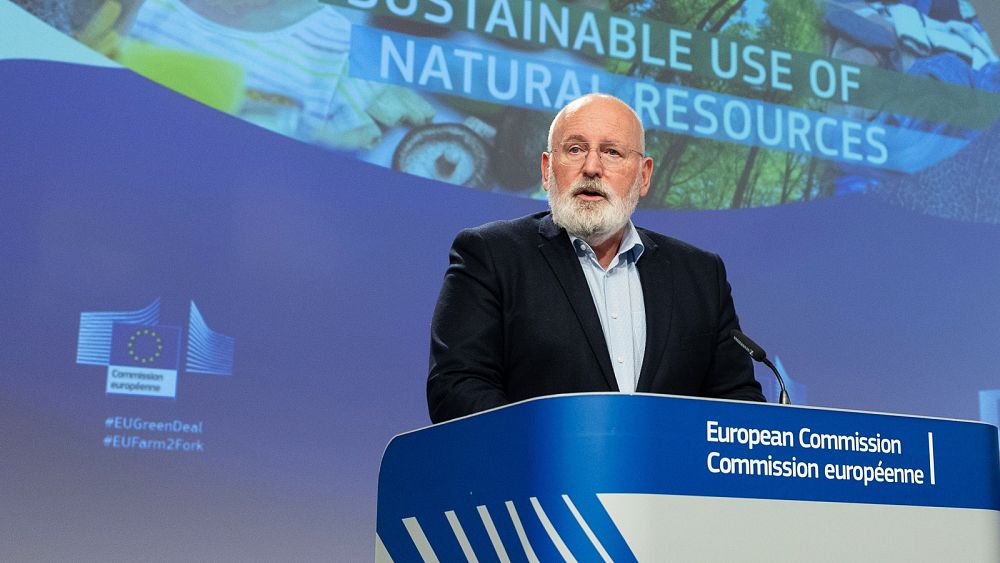
Frans Timmermans, the European Commission’s executive vice-president, has announced his return to Dutch politics after nearly 10 years in Brussels.
Timmermans intends to lead a joint list of socialists and greens that is set to compete in the upcoming general election, scheduled to take place on 22 November after the shocking collapse of Prime Minister Mark Rutte’s coalition government earlier this month.
Rutte, a liberal politician with right-wing inclinations who has led the Netherlands since 2010, has made it clear he does not intend to run again, opening a window of opportunity for the opposition to effect change in the country’s political culture.
Timmermans’s announcement was made official on Thursday morning following days of mounting speculation and media reports about his immediate future. A recent poll had put the Labour Party (PvdA) and GroenLinks (GL) in pole position with 28% of public support, but only with Timmermans as a joint candidate.
Both parties still need to approve Timmermans as the top contestant. According to Dutch media, nobody else has so far come forward for the job.
“I think it’s time for us in the Netherlands to grow closer together again instead of growing apart. The fragmentation in politics must be countered,” Timmermans told NOS, the Dutch public broadcaster in an interview that confirmed his intentions.
“We have enormous challenges: the climate crisis, nature is not in good shape. But also a war on the borders of Europe,” we went on.
“We can only solve all this if we work shoulder to shoulder and if we are less divided than we have been in recent years.”
Timmermans told NOS he wanted to do politics “in a different way” and said that he would stay as a lawmaker in the lower house of the Dutch parliament if his bid to be prime minister ends up in failure.
A European Commission spokesperson declined to comment and simply said President Ursula von der Leyen was in touch with Timmermans regarding the electoral move.
An official statement by the executive is expected to be released in the coming days.
A Brussels heavyweight
Timmermans’s unexpected plan to return to Dutch politics caps off almost 10 years in Brussels, a city in which he has occupied two positions of high-level responsibility.
First, under the leadership of Jean-Claude Juncker, Timmermans served as vice-president in charge of better regulation, the rule of law and fundamental rights, a portfolio that put him at odds with the hard-right governments of Poland and Hungary.
Later, in 2019, Ursula von der Leyen named him executive vice-president in charge of her landmark proposal: the European Green Deal, an extremely complex set of transformative policies that aim to ensure the 27-member bloc reaches climate neutrality by 2050.
Von der Leyen herself described the Green Deal as “Europe’s man on the moon moment.”
Since then, Timmermans has spearheaded legislation that a few years ago would have seemed unthinkable, such as a gradual ban on the combustion engine, a carbon border tax and a new Emissions Trading System (ETS) for road transport and buildings.
The Dutchman has also led negotiations on behalf of the EU in several international conferences, like COP27 in Egypt, and repeatedly pleaded with non-Western countries to phase out fossil fuels and keep the Paris Agreement alive.
“Not everything is finished yet, but the point of no return has been reached. The Green Deal is in place,” Timmermans told NOS in his interview published on Thursday.
But his passionate defence of green legislation eventually turned Timmermans, an outspoken socialist, into a villain for right-wing parties, which blamed him for what they considered to be a disproportionate burden on European industry and citizens.
The tensions reached a boiling point with the Nature Restoration Law, an ambitious proposal to rehabilitate Europe’s degraded habitats.
The European People’s Party (EPP), the political family of Ursula von der Leyen, mounted a vehement opposition campaign against the draft law and directly accused Timmermans of threatening the livelihoods of farmers, coaxing undecided lawmakers and even attempting to destroy Santa Claus’s village, all claims the vice-president denied.
The draft law survived a knife-edge vote in the European Parliament earlier this month with MEPs now negotiating it with member states.
Timmermans’s exit coincides with the possible departure of another executive vice-president of the European Commission: Margrethe Vestager, who is vying to become the next president of the European Investment Bank.
Both heavyweights would need to be replaced by their national governments. Their substitutes, however, might be assigned lower-profile portfolios.

World
Justin Baldoni Sued by Former Publicist Amid Blake Lively Scandal

Justin Baldoni‘s former publicist sued him, his company and his current publicity team on Tuesday, amid a spiraling scandal over an alleged smear campaign against Baldoni’s “It Ends With Us” co-star Blake Lively.
Steph Jones, who owns Jonesworks, accused Baldoni of breaching their contract, which required him to pay her $25,000 per month. Baldoni dropped the firm in August, a few months into a year-long deal, after his Jonesworks publicist, Jennifer Abel, left the company to start her own publicity firm.
Jones also sued Abel and publicist Melissa Nathan, accusing them of implementing the smear campaign against Lively behind her back and without her knowledge. She alleges that they are now trying to blame her for the ensuing meltdown.
“To this day, Abel and Nathan continue to point the finger falsely at Jones now that their own misconduct is coming to light, and to defame and attack Jones in the industry,” the lawsuit states.
Lively filed a complaint on Saturday with the California Civil Rights Department, accusing Baldoni and his publicists of orchestrating negative coverage about her in retaliation for her complaints of sexual harassment on set.
In the complaint, Lively accused Baldoni of a catalog of sexually inappropriate comments and behavior that allegedly took place on set in 2023. According to the complaint, she raised these issues through her attorneys before filming, which had been suspended during the Hollywood strikes, resumed earlier this year.
The rift between Baldoni and Lively became apparent during the publicity tour for the film last summer. Baldoni feared that Lively or her team would public accuse him of sexual misconduct, and sought ways to combat that. The complaint quoted extensively from text messages among Baldoni’s publicity team, in which they plotted to “bury” Lively.
In an unusual move, Lively’s attorneys obtained the messages by sending a pre-litigation subpoena to Jones.
Abel, Nathan, and Baldoni are represented by attorney Bryan Freedman. On Monday, Freedman threatened to sue Jones for releasing the contents of Abel’s phone to Lively’s legal team. Freedman, Abel and Nathan did not immediately respond to a request for comment on Jones’ suit.
In her lawsuit, Jones relates that she “forensically preserved” Abel’s company phone after Abel was fired.
“Abel and Nathan’s covert take down and smear campaigns were revealed in black and white on Abel’s company-issued phone following her termination, which Jonesworks forensically preserved and examined in detail after receiving a subpoena for the phone’s contents,” Jones’ suit states. “Jones discovered the breadth and intensity of Abel and Nathan’s duplicity from these records, including that Abel was actively encouraging other Jonesworks clients and employees to leave Jonesworks while Abel was still employed there.”
Jones’ suit alleges that Abel conspired for months to leave her company and to “steal” her clients and trash her reputation in the industry. She accuses Nathan of encouraging Abel to leave, because Nathan would then have greater access to those clients.
“This scheme ultimately inflicted serious damage on Jones and Jonesworks,” states the lawsuit, which was filed in state court in New York.
Among other things, the suit alleges that Abel and Nathan planted negative stories about Jones in the press, including an article in Business Insider that was published last summer.
The suit alleges breach of contract, tortious interference with contract, breach of fiduciary duty and defamation.
World
Police officer dressed as the 'Grinch' steals Christmas spirit during drug bust

A Peruvian police officer dressed as the Grinch, the cantankerous and green-furred villain, busted suspected drug traffickers in the South American country’s capital days before Christmas.
The operation in San Bartolo in Lima resulted in the arrest of three suspects, according to a video posted online by the Peruvian National Police.
“In an ingenious operation, agents of the Green Squad arrested the aliases La Reina del Sur, La Coneja and Pote, alleged members of the La Mafia de San Bartolo gang, dedicated to drug dealing,” a police post on X states. “Various narcotics were seized.”
FLORIDA MAN WHO WAS HALF-NAKED, ‘HIGH ON METH’ BREAKS INTO HOME, GRABS CARPET CLEANER
The “Grinch” posing with suspected drug traffickers. A Peruvian police officer dressed as the Christmas villain helped bust the alleged traffickers. (Peru National Police)
Using what appeared to be a sledgehammer, the officer walked down the street dressed as the infamous Christmas villain with a small heart before breaking down the front door of a home and entering, according to the video footage.
The suspects were arrested, and the “Grinch” is seen rummaging through various items in the home before finding what authorities said were illegal drugs and other items related to drug trafficking.
MORE THAN $31M OF METH CONCEALED IN SHIPMENT OF PEPPERS SEIZED AT TEXAS-MEXICO BORDER

A Peruvian police officer dressed as the “Grinch” on his way to bust suspected drug traffickers. (Peru National Police )
Peru is the second-largest producer of cocaine and cultivator of coca in the world, according to the State Department.
“The majority of cocaine produced in Peru is transported to South American countries for domestic consumption, or for onward shipment to Europe, the United States, East Asia, and Mexico,” the State Department website said.
Peru’s national police force has carried out similar operations in the past.

The “Grinch” busting down a door (Peru National Police)
On Halloween 2023, officers disguised as horror favorites Freddy Krueger, Jason Voorhees and Tiffany Valentine, the murderous doll in the “Child’s Play” series, also broke into the home of alleged drug dealers.
World
Are your Christmas gifts ready? Here are where EU toys come from

While the EU saw a drop in toy exports, China was the EU’s biggest supplier, providing 80% of these imports, valued at €5.2 billion.
In 2023, the EU imported €6.5 billion worth of toys from countries outside the bloc, a €2 billion decrease compared to 2022.
According to the latest Eurostat figures, China was the EU’s biggest supplier, providing 80% of these imports, valued at €5.2 billion.
Vietnam followed with 6% and the United Kingdom with 2%.
Around a fifth of the EU’s toy imports ended up in Germany, while France and the Netherlands received 16% and 14%, respectively.
At the same time, the EU exported €2.3 billion worth of toys in 2023.
This figure represents a slight decrease of €0.2 billion from the previous year.
More than half of the toys exported from the EU came from the Czech Republic, Germany and Belgium.
The UK was the top destination for EU toy exports, receiving 30% of the total, followed by Switzerland at 13% and the United States at 10%.
Concerns over toy safety
A recent Toy Industries of Europe study revealed that 80% of toys purchased from third-party sellers on online marketplaces failed to meet EU safety standards.
The research tested over 100 toys from various platforms, uncovering serious health risks such as choking hazards and toxic chemicals.
At the beginning of September, the European Parliament backed a proposal to improve the safety of toys available on the EU market.
The proposal focused particularly on decreasing the number of unsafe toys in the EU market and better protecting children from toy-related risks, including banning harmful chemicals in toys.
-

 Business1 week ago
Business1 week agoFreddie Freeman's World Series walk-off grand slam baseball sells at auction for $1.56 million
-
/cdn.vox-cdn.com/uploads/chorus_asset/file/23951353/STK043_VRG_Illo_N_Barclay_3_Meta.jpg)
/cdn.vox-cdn.com/uploads/chorus_asset/file/23951353/STK043_VRG_Illo_N_Barclay_3_Meta.jpg) Technology1 week ago
Technology1 week agoMeta’s Instagram boss: who posted something matters more in the AI age
-
/cdn.vox-cdn.com/uploads/chorus_asset/file/24924653/236780_Google_AntiTrust_Trial_Custom_Art_CVirginia__0003_1.png)
/cdn.vox-cdn.com/uploads/chorus_asset/file/24924653/236780_Google_AntiTrust_Trial_Custom_Art_CVirginia__0003_1.png) Technology4 days ago
Technology4 days agoGoogle’s counteroffer to the government trying to break it up is unbundling Android apps
-
News1 week ago
East’s wintry mix could make travel dicey. And yes, that was a tornado in Calif.
-

 News5 days ago
News5 days agoNovo Nordisk shares tumble as weight-loss drug trial data disappoints
-

 Politics5 days ago
Politics5 days agoIllegal immigrant sexually abused child in the U.S. after being removed from the country five times
-

 Entertainment5 days ago
Entertainment5 days ago'It's a little holiday gift': Inside the Weeknd's free Santa Monica show for his biggest fans
-
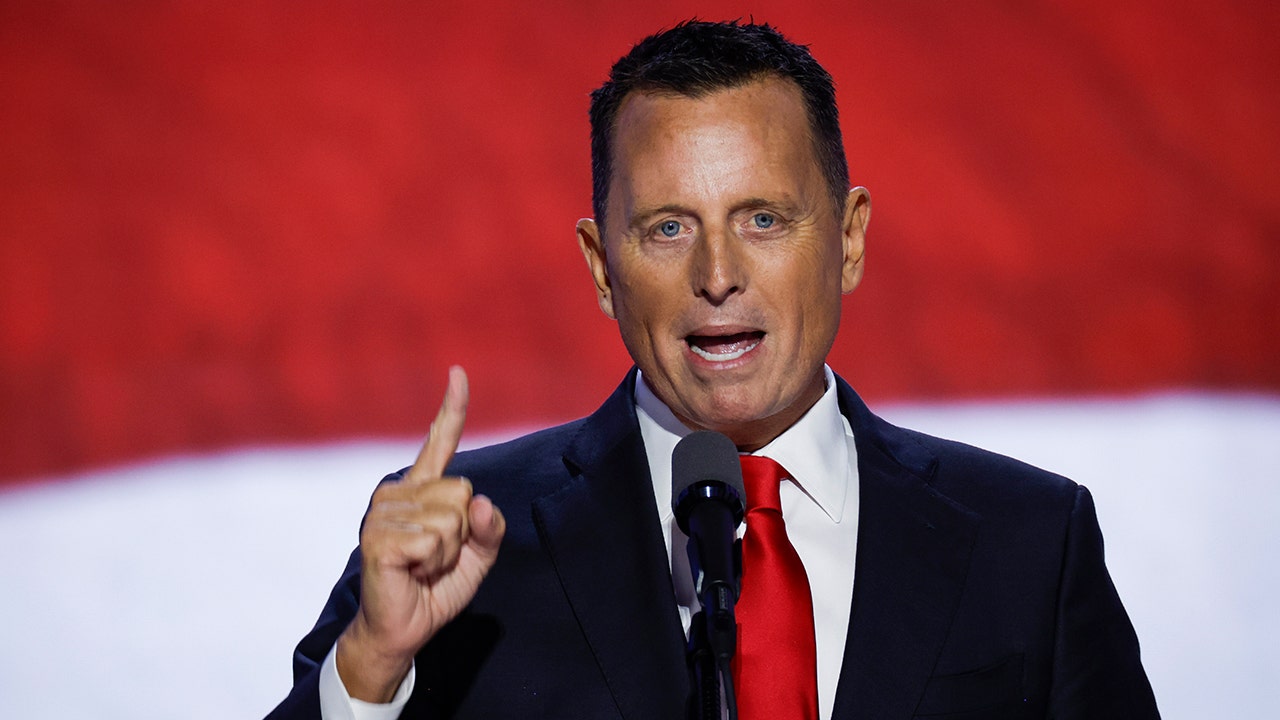
 Politics1 week ago
Politics1 week agoTrump taps Richard Grenell as presidential envoy for special missions, Edward S. Walsh as Ireland ambassador


